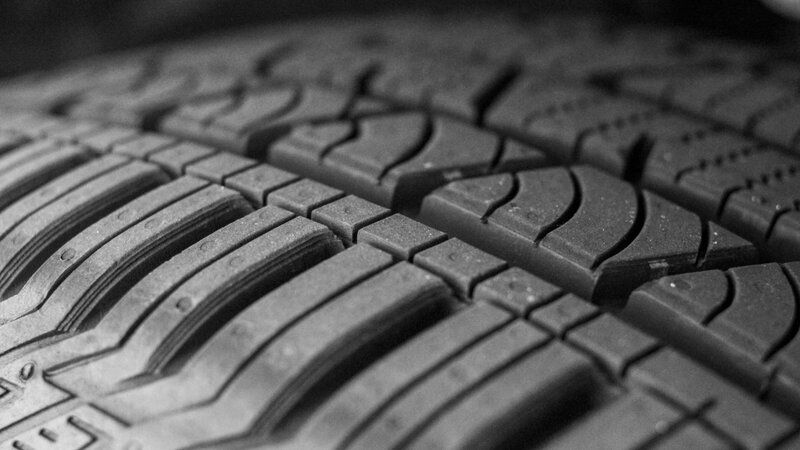Six Ways to Tell if Your Prime Mover Needs a Wheel Alignment

Prime movers have many moving parts, so drivers need to consistently monitor vehicle health. Even if you take your truck in for maintenance, you could still encounter problems.
One issue you might experience is wheel misalignment. How can you tell if your long-haul truck needs an alignment? Here are six signs to watch for.
1. Uneven Tire Wear
When your prime mover drives thousands of miles on the road, the vehicle incurs wear and tear. The tires are the only part of your automobile that touches the ground, so they are at the mercy of the road. Experts say potholes have increased by 34 percent in Singapore, thus emphasizing driver awareness on the highways. These obstacles could accelerate wear and cause misalignment.
How can you detect tire wear? If you see feathering, an alignment could be necessary. In this instance, you’ll see sharpness on one side of the tire and smoothness on the other. Feathering could indicate an issue with the toe, thus prompting a trip for service. Different circumstances for prime movers could include center, shoulder and camber wear.
2. Vibrating Steering Wheel
A more obvious sign of misalignment may appear if the steering wheel presents issues. One problem you could encounter is vibrations. In this instance, your tires point in the wrong direction, causing problems for your prime mover. When there’s uneven contact with the pavement, your steering wheel could start shaking when driving at high speeds.
Tire wear could factor into your vibrating steering wheel, though there are a few more potential causes. For example, the misaligned tires could cause your prime mover to endure wheel hop. This situation is less than ideal for drivers, considering the tires lose contact with the pavement and make the steering wheel vibrate.
3. Unresponsive Steering Wheel
Another steering wheel issue could arise if the component is unresponsive. When this problem occurs, your drivers’ first thought may be to check the power steering fluid to solve it. However, misaligned tires could be the primary cause. Out-of-alignment tires increase rolling resistance, thus making the prime mover’s steering wheel heavier and more challenging to turn.
Drivers should also monitor the steering wheel’s response time in their prime mover. If delays exist, the long-haul truck could have misaligned tires. Delayed steering responses could originate from misalignment and tires out of the proper direction. This problem could become more significant and noticeable when making sharp turns in dense areas.
4. Poor Handling
A 2024 People’s Public Security University of China analysis found truck drivers over 50 are 3.83 times more likely than those under 30 to be in an accident. Why do these crashes occur? While numerous factors come into play, they could stem from poor handling and tire misalignment. Your operators should be mindful of the prime mover’s driving and report any issues.
For instance, the vehicle could pull toward one side. Misaligned tires could make your prime mover have difficulty staying in its lane, whether drifting the left or right. This issue increases your risk of danger in dense areas or highways with increased speeds. Trucking professionals may overexert themselves if they must constantly correct the steering wheel.
5. Reduced Fuel Efficiency
Among the most under-recognized signs is reduced fuel efficiency. Prime movers get the most from their tanks by minimizing friction and the energy necessary to move. However, tires out of alignment can work against your drivers by increasing rolling resistance. Experts say aligning your tires improves fuel mileage by up to 10 percent, so it’s an essential maintenance task.
Tracking fuel economy is more manageable with advanced technologies. Fit your prime movers with fleet management systems to understand what’s happening in real time. For example, telematics devices transfer information between vehicles and data centers. With this technology, you can see what vehicles have seen a drop-off in efficiency and need further inspection.
6. Worrying Tire Noises
Odd noises are another relatively clear sign of tire misalignment. If the typical vehicle sounds change in tone or volume, your prime mover could require a wheel bearing inspection. Louder humming noises and a bumpy drive are other strong indicators your truck needs service. Regardless of the issue, drivers should swiftly act if they hear anything unusual.
Squealing is a familiar noise from prime movers, though determining the root cause can be challenging. If misalignment is the issue, your tires likely have deformed, lost traction or worn unevenly. Prime movers may also generate squealing sounds due to underinflated tires or excess wheel spin. Worn brakes could be another cause, so drivers must know how to differentiate.
Determining the Time for Tire Realignment
Prime movers need constant maintenance to stay on the road and maximize uptime. However, issues like tire misalignment could interfere with your lead times. How can you tell when your truck needs service?
Pay close attention to the tires, steering wheel and fuel efficiency. Your ears could also discern the root causes.
Author Bio: Oscar Collins is an auto writer with over five years of experience in the industry. He has bylines at Carwash, Global Trade Mag and InAutomotive. Follow him on X @TModded for frequent updates on his work.

